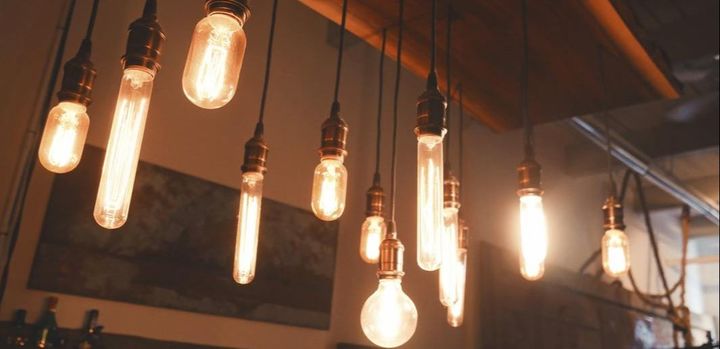Guide
DVD Ecomclips2021-03-16T07:24:33+00:00Your Guide to Finding the Right Bulb, How to choose the right one?

Trying to determine which light bulb you need can send your head spinning. It can be very confusing with so many different shapes and sizes to choose from. You may even be questioning why there is such a wide variety of choices. Light fixtures are generally specific about which light bulb can be used so it’s important to know exactly what you are looking for. Luckily, of all the shapes offered, there are only eight that you’ll typically need to worry about in any given home.
MOST COMMON HOUSEHOLD BULBS
Arbitrary (A): When you picture a light bulb, you’re likely thinking of an arbitrarily shaped light bulb. It’s the most common and well-known bulb shape. You can find them in table lamps, wall sconces, ceiling fixtures and more.
Bulged Reflector (BR): BR bulbs are known for their conical shape and rounded lens. They are most often used in floodlight fixtures and recessed downlights.
Candle/Candelabra (C): Candelabra light bulbs are shaped just like, you guessed it, candles! They can have a teardrop, torpedo or flame shape and are used in chandeliers and accent lighting.
Globe (G): Globe light bulbs are decorative and round in shape. They are commonly seen in bathroom vanity fixtures, ceiling fans and other decorative fixtures.
Multifaceted Reflector (MR): MR bulbs provide a polished look in your track lighting systems. They are offered in different flood degrees – spot, narrow, and flood – and are used to highlight artwork, architectural elements, and task areas like your kitchen island.
Parabolic Aluminized Reflector (PAR): PAR bulbs are very similar to BR in shape but are more robust. They are used in your outdoor floodlights and landscape fixtures. Although similar in shape, compared to BR bulbs which provide a more general area light, PAR bulb beams are more focused.
Tubes (T): The three most common fluorescent tubes are T5, T8, and T12. Tubes are generally used in undercabinet fixtures, laundry rooms, garages, and basements. Fluorescent tubes require an additional power source or a ballast.
Twist: CFLs, or compact fluorescent, are described as a twist. These bulbs are a popular choice for replacing A-shaped incandescent bulbs as they are more energy-efficient. CFL bulbs are also commonly referred to as spiral-shaped.
Now that we’ve established the different shapes to look for, it’s time to address the varying sizes of light bulbs. With each shape offered, there are multiple sizes to choose from. The size of a light bulb is measured in eighths of an inch at the widest point of the bulb – or the diameter. A bulb’s code is created using a letter followed by the measurement. For example, an A19 bulb is arbitrary in shape and is 19/8ths of an inch in diameter. A-shaped bulbs come in a few different sizes including A15, A19, A21 and A23.
When in doubt, try to bring your existing bulb with you to the store for reference. If you no longer have the bulb, try to get as much information from the fixture itself to help narrow down your choices. Important information to note would be the max wattage your fixture can handle, the voltage, and the base type. If you’re still having trouble, give our Customer care a call.


